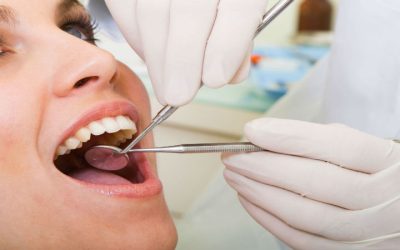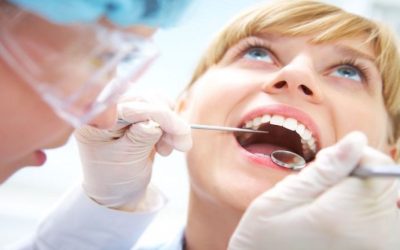Traditionally, treatment for gum disease has required painful surgery that often takes days to recover from. Now there is a different option available that is beginning to make headway. Laser treatment for gum disease is in its initial stages but has had fairly positive results and is only performed by qualified dentists. There are a few key areas in which laser treatment differs from surgery.
It Takes Less Time
Traditional surgery generally requires four or more sessions to complete. By comparison, laser treatment is usually performed in two sessions, each lasting about two hours. This means that you won’t have to take so much time away from work or other responsibilities. If you have someone waiting for you, this person will also not need to rearrange his or her schedule for long periods of time and for a greater number of total visits. It can also keep you from scrambling and trying to get different people to go with you on different days. Lastly, due to the nature of laser treatment, you may not need to bring anyone at all.
Less Discomfort
Surgery requires incisions, which then often need sutures. Because it is invasive, the surgery can cause a great deal of pain and swelling. This means you would most likely need to take pain medications and perform preventive measures like icing your cheek to reduce swelling. It can also impede your ability to eat until the pain goes away. By contrast, laser treatment is non-invasive, so you will feel less pain and experience less swelling and sensitivity. Instead of incisions, laser treatment for gum disease works by placing a tiny fiber between the gum and tooth, in the small pocket area.
Local Anesthesia
General anesthesia can leave you feeling groggy and unable to function properly until it wears off. You’ll most likely feel woozy and a little drunk and, therefore, will require assistance from a loved one in order to make it home. Once home you’ll probably have to sleep off the anesthesia and need a few days to fully recover. With local anesthesia, recovery time generally lasts only an hour or two, and the only area affected is usually around the injection site. You may not be able to eat properly at first, but once the anesthesia wears off, you regain full function. Laser treatment for gum disease is by nature less invasive and thus requires a shorter recovery time.
If you’re in need of periodontal treatment, you may want to consider laser treatment for gum disease. With new advancements in technology, laser treatment for gum disease is sure to continue to become the more widely preferred option by dentists and patients alike.



